As we all know, coffee is generally grown in the coffee growing zone, that is, the equatorial zone between the north and south tropic lines. However, the United States is not in this range, and the climate conditions are not very suitable for the growth of coffee. But in some states in the United States, coffee has been successfully grown under specific conditions, such as the state of Hawaii and the state of California.
The state of Hawaii is the only island state in the United States, consisting of 8 large islands in the middle of the Pacific Ocean and 124 small islands, 3,700 kilometers away from the mainland of the United States.
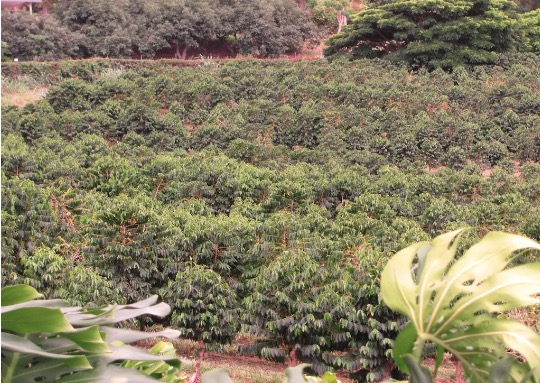
The Hawaiian Islands were formed by volcanic eruptions, among which the Big Island of Hawaii is the largest island, with two active volcanoes on the island and a forest coverage rate of nearly 50%. Hawaii has a tropical oceanic climate with monsoon conditions throughout the year, with an annual temperature ranging from 26 ℃ to 31 ℃, with little temperature variation and no distinction between seasons.
The main industries in the state of Hawaii are tourism and agriculture, and agriculture is the pillar of the local economy, mainly producing sugarcane, pineapples, coffee, bananas, etc.
According to historical records, in the early 19th century, the first batch of coffee trees were brought to Oahu Island. In the late 19th century, the Bourbon coffee variety was brought to the Big Island of Hawaii. In the next ten years, the first batch of coffee-centered estates were established.
Earlier, the output in Hawaii was still relatively high. When the coffee output in Brazil decreased due to frost, the coffee output in Hawaii could reach a peak of 6,803 tons. At the end of the 20th century, with the reduction of sugarcane and pineapple planting and people’s attention to specialty coffee, Hawaiian coffee began to develop and promote the market. However, due to the protection of US labor and wage regulations, coupled with the limited availability of arable land, the supply is very limited. The most famous producing area in Hawaii is Kona. The coffee output in Kona is higher than that on other islands and is more well-known, so the Kona planting area is also called the Kona coffee belt.
Only the coffee produced in this area can be called “Kona” coffee. In Kona, the coffee trees are all planted on the slopes of Hualalai and Mauna Loa. Here there are fertile volcanic soil and natural shading conditions, and farmers plant coffee on the slopes. Since slope planting cannot be mechanized, it can only be planted and harvested manually.
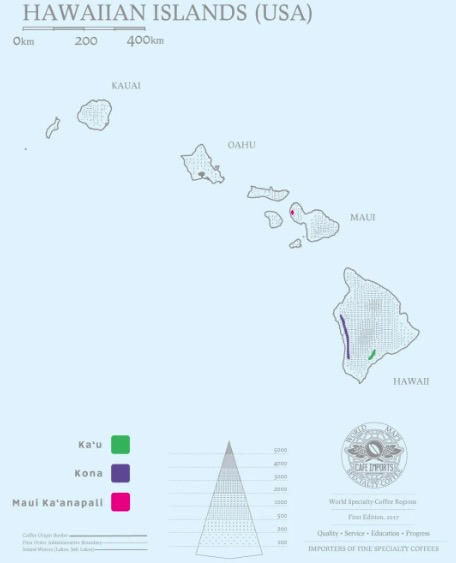
The processing method is mostly washed, and the pure and sweet mountain spring water in Hawaii provides the most ideal conditions for the Kona coffee beans to be processed by the washed method, which creates the bright and transparent appearance and pure and fresh taste of the Kona coffee beans. At present, the main variety planted in the Kona production area is Typica. The Typica planted in Kona was introduced from Guatemala in the 19th century.
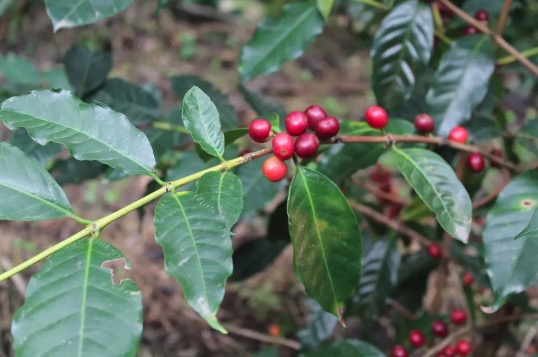
The Typica beans planted in Kona are large in size, and the planting altitude is 600-1100m. Compared with other coffee-producing countries, the planting altitude in Kona is considered low altitude, but on the Hawaiian Island, Kona is considered high altitude. Once someone tried to transplant the Typica in Kona to other islands, but because the temperature on other islands was too high and the altitude was too low, the Typica did not grow smoothly, so it could not breed the unique mild and sour fragrance in the Kona production area.
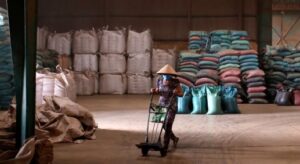
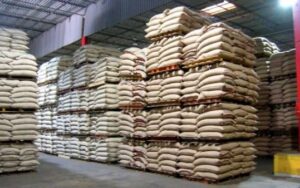

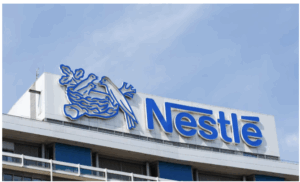
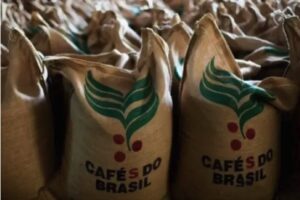

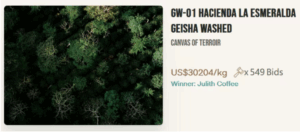
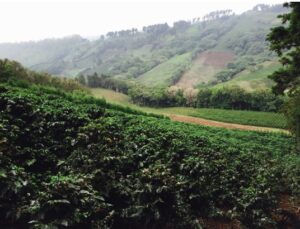

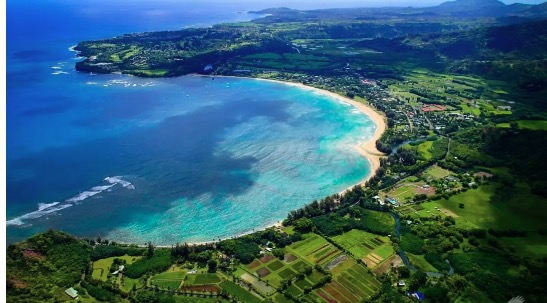
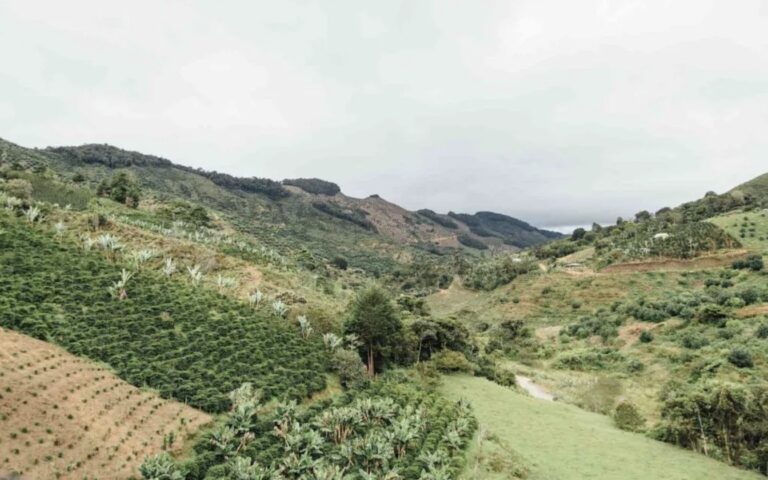
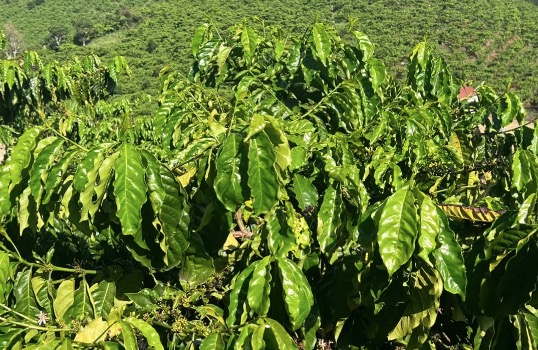
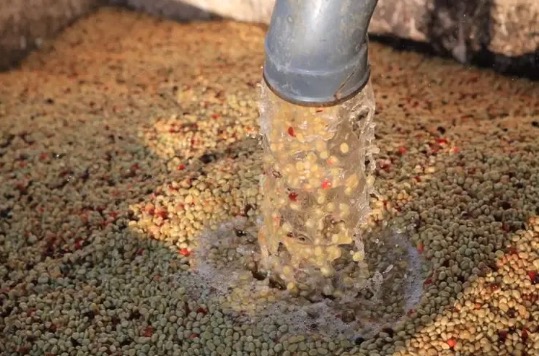
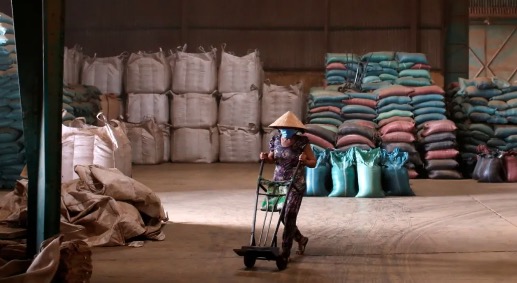
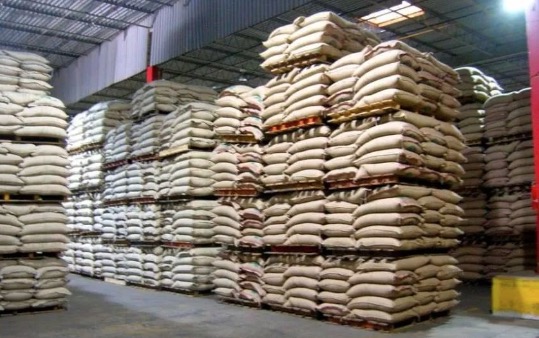

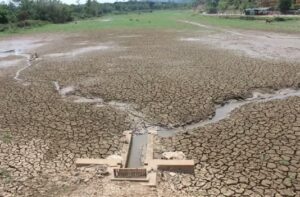
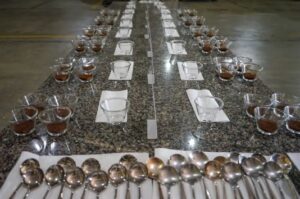
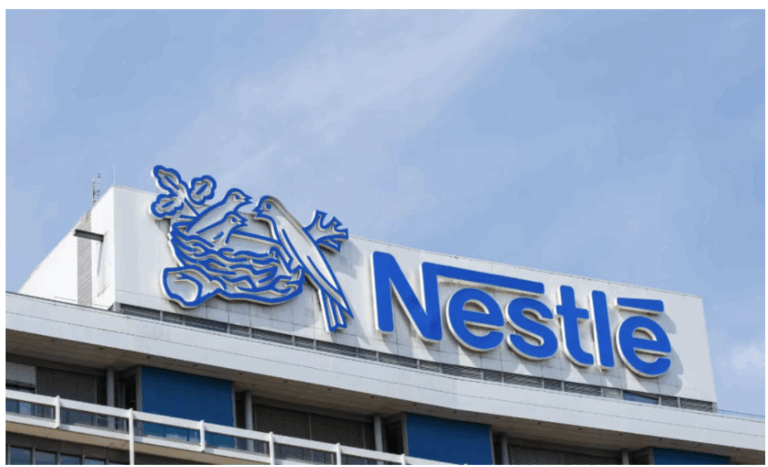
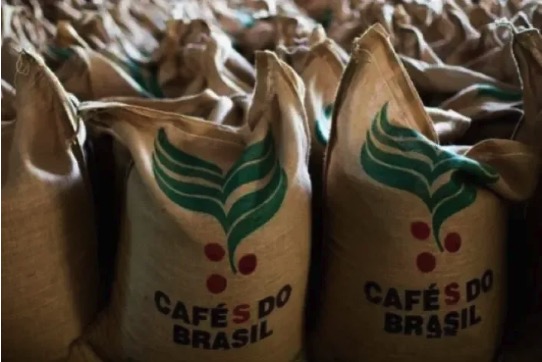

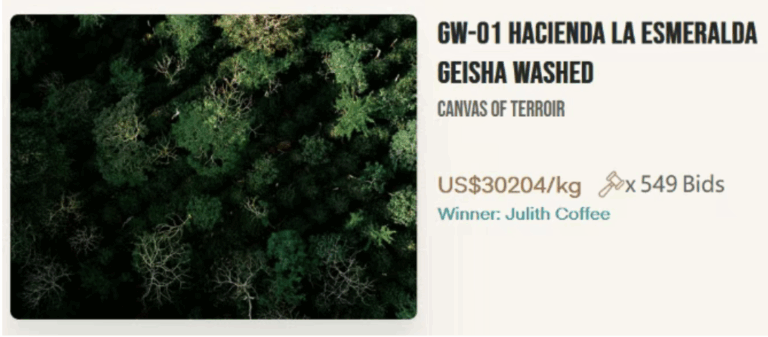
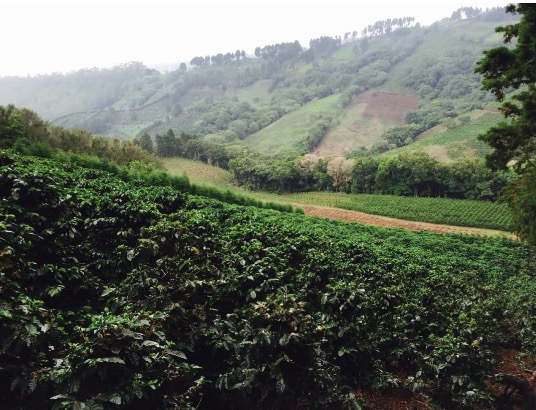
+ There are no comments
Add yours